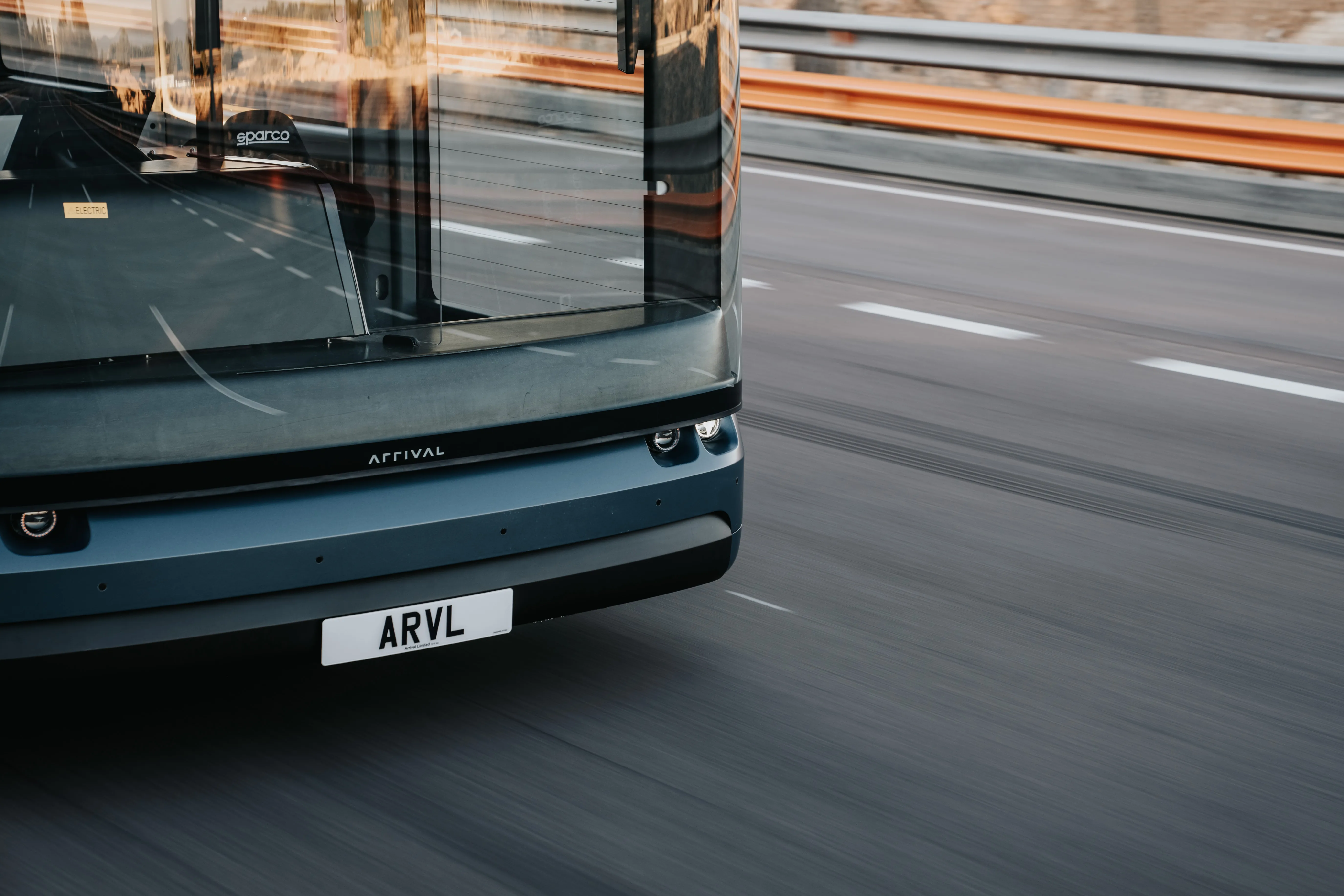
Enel X and Arrival are testing a zero-emission battery electric bus in Italy as part of a bid to foster the growth of electrified public transport worldwide.
The tests will be carried out by Enel X, looking at the main features of the Arrival bus at the Vallelunga circuit, where Enel X Way's charging services and solutions will also be used to charge the vehicles.
The emphasis on decarbonisation and sustainability among policymakers means these sort of tests take on real significance.
"Public transport authorities face significant challenges in making cities smarter and more sustainable, and by offering our public transport solutions together with our many years of global experience, we want to give solid support to make this a reality," said Francesco Venturini, CEO of Enel X.
"Arrival buses look very promising. They are a technologically advanced means of transport that, if integrated within our value offer, can potentially provide operators and end users with the best possible customer experience."
Arrival president Avinash Rugoobur, explained: "By manufacturing our vehicles in local micro-factories, we are fostering a global green transition that is fair, bringing jobs to local communities, using local suppliers and building vehicles designed for local markets."
Arrival recently achieved a key certification milestone with European Whole Vehicle Type Approval, pushing the buses closer to carrying passengers on public roads in Europe.
Enel X says it is the world's largest supplier of e-bus solutions outside of China, operating more than 3,200 e-buses globally.
Its solutions for customers can include design support, vehicles, financing, battery leasing (Battery as a Service), customised management system platforms - including smart charging software developed in-house - and charging infrastructure solutions provided by Enel X Way.









